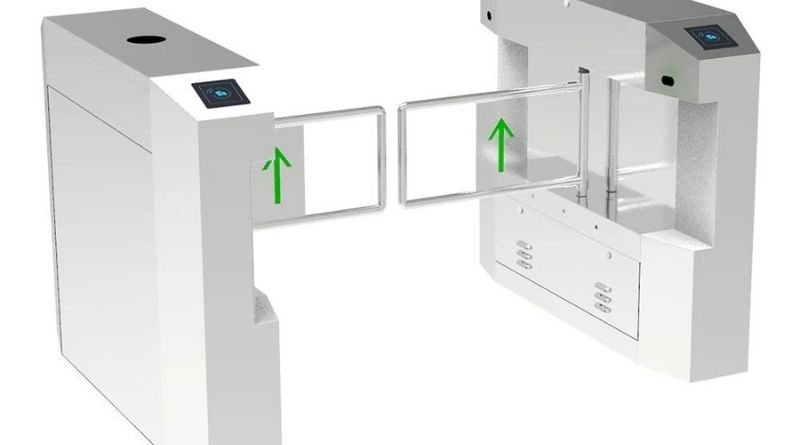Ensuring Smooth User Experience with Intuitive Design in Swing Turnstiles

In various settings, from public transportation hubs to office buildings, swing turnstiles have become a popular choice for managing pedestrian flow. To optimize user experience, it is essential to incorporate intuitive design principles into the development of swing turnstiles. In this article, we will explore the benefits and considerations of intuitive design in swing turnstiles and their impact on ensuring a smooth user experience.
1. Clear and Easy-to-Understand Navigation:
One of the key principles of intuitive design in swing turnstiles is providing users with clear and easy-to-understand navigation. The design should guide users on where to enter and exit while minimizing confusion or hesitations. Clear visual cues such as arrows, symbols, or illuminated indicators can be incorporated into the turnstiles’ design to direct users and indicate the correct direction to proceed. By allowing users to navigate without a second thought, the overall experience of using swing turnstiles is enhanced.
2. Ergonomic Design for Comfortable Passage:
Incorporating ergonomic design elements into swing turnstiles is crucial to ensure comfortable passage for users. The physical dimensions of the turnstiles should be optimized to accommodate a range of body sizes, providing ample space for users to pass through without feeling cramped. Additionally, the height and width of the gate should be designed to align with ergonomic standards, avoiding any potential discomfort or obstacles for users during entry or exit.
3. Responsive and Smooth Movement:
The movement of swing turnstiles should be responsive and smooth to enhance user experience. The gates should open and close without delay, providing a seamless and uninterrupted passage for users. The mechanism responsible for the gate movement should be designed to operate quietly, avoiding any unnecessary noise that could be disturbing or distracting for users. Responsive and smooth movements contribute to the overall flow and efficiency of pedestrian traffic.
4. Accessibility for All Users:
Intuitive design in swing turnstiles should prioritize accessibility, ensuring that all users, including those with disabilities or mobility challenges, can easily and comfortably use the turnstiles. Considerations such as wider gate openings to accommodate wheelchair users, clear visibility for users with visual impairments, and accessibility features like automatic open and close mechanisms should be integrated into the turnstiles’ design. By making swing turnstiles accessible, all users can have equal access and enjoy a smooth and inclusive experience.
5. Integration with Access Control Systems:
Intuitive design should also include seamless integration with access control systems. Swing turnstiles often serve as a checkpoint for authorized access, such as in office buildings or at transportation hubs. By integrating with access control technologies like RFID or biometric systems, users can effortlessly pass through the turnstiles once their credentials are verified. This integration minimizes the need for manual verification, reducing queues and ensuring a smooth and efficient user experience.
6. Durability and Maintenance Considerations:
Intuitive design in swing turnstile should also incorporate durability and ease of maintenance. The materials used in the construction of turnstiles should be of high quality to withstand daily wear and tear. Additionally, the design should allow for easy access to internal components for routine maintenance and repairs. A well-maintained turnstile system ensures reliability and minimizes disruptions in the user experience.
Conclusion:
Intuitive design plays a vital role in ensuring a smooth user experience with swing turnstile. Clear and easy-to-understand navigation, ergonomic design, responsive and smooth movement, accessibility considerations, integration with access control systems, and durability and maintenance considerations are all key aspects to consider. By incorporating these principles into the design process, swing turnstiles can enhance the overall user experience, promote efficiency in pedestrian flow, and contribute to a positive and seamless journey for users.



